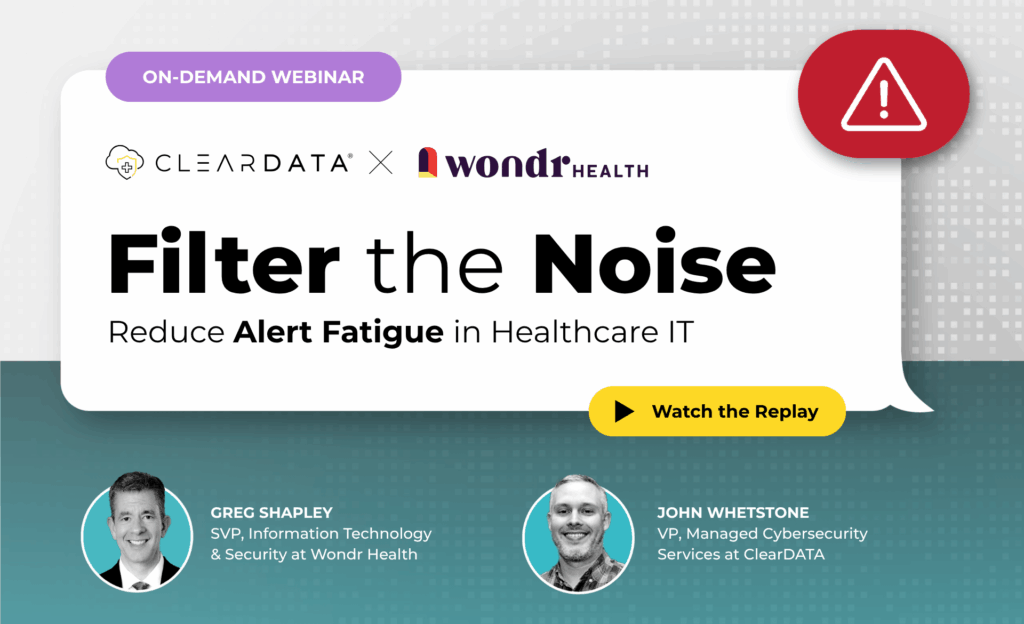Big data analytics, IoT in healthcare, and the advantages of cloud usage such as scalability, cost savings, and enhanced security have all influenced the increase in cloud adoption for healthcare in recent years. As healthcare organizations move to harness advanced technologies in the cloud, they are accumulating larger and larger sets of rich data to help transform healthcare through improving patient outcomes, broadening access to care, and enhancing medical research. Much of this sensitive data is protected health information (PHI), which must be properly secured and tracked within the cloud.
What is Protected Health Information (PHI)?
According to HIPAA Journal, “Protected health information includes all individually identifiable health information, including demographic data, medical histories, test results, insurance information, and other information used to identify a patient or provide healthcare services or healthcare coverage. ‘Protected’ means the information is protected under the HIPAA Privacy Rule.”
When organizations store PHI electronically, they need to be mindful of where it is all stored – from creation to destruction – just as they previously did with paper records. Oftentimes, in electronic settings, data sprawl occurs, and organizations lose sight of where all of their PHI resides within their systems. This causes problems and risks. After all, if you don’t know where PHI lives within your organization, how will you know whether it’s being protected?
What Are Best Practices for Tracking PHI in the Cloud?
For healthcare and healthcare-adjacent organizations, it is critical to define safeguards around sensitive data, which can only be accomplished by creating a data inventory and assessing the safeguards currently in place, so you know where additional support is needed. That’s where a PHI inventory comes in. Creating a PHI inventory involves collecting and compiling information about where and how PHI is stored, received, maintained, or transmitted within your organization. Doing this on your own can be a time-consuming process and a heavy lift on resources, especially if you are starting from scratch. However, there are numerous benefits that your organization can reap from this inventory, beyond just understanding where PHI lives.
Why Do I Need a PHI inventory?
Not only is a PHI inventory effective for understanding where PHI lives, but it’s also a part of the evidence-gathering process involved in assessing risk. It’s not just about risk minimization—there are business upsides to having a current PHI inventory that includes more efficient data analysis, shorter development timelines, and potential cost optimization.
Deciding what is and is not PHI for this inventory build requires expertise and a significant investment in time and resources, as does deciding if the measures in place adequately protect that data.
The CyberHealth platform can assist your PHI discovery so you can find your security gaps before a hacker does.
Beyond creating a PHI inventory and identifying risks and vulnerabilities, ClearDATA helps you manage and remediate identified risks—all through one portal. Our team of experienced professionals creates your custom Risk Management Plan, displayed through an interactive and intuitive dashboard where your team can assign tasks and timelines to track progress against remediating identified risks. Your Risk Management Plan portal screens can also be shared with auditors, should the need arise.


